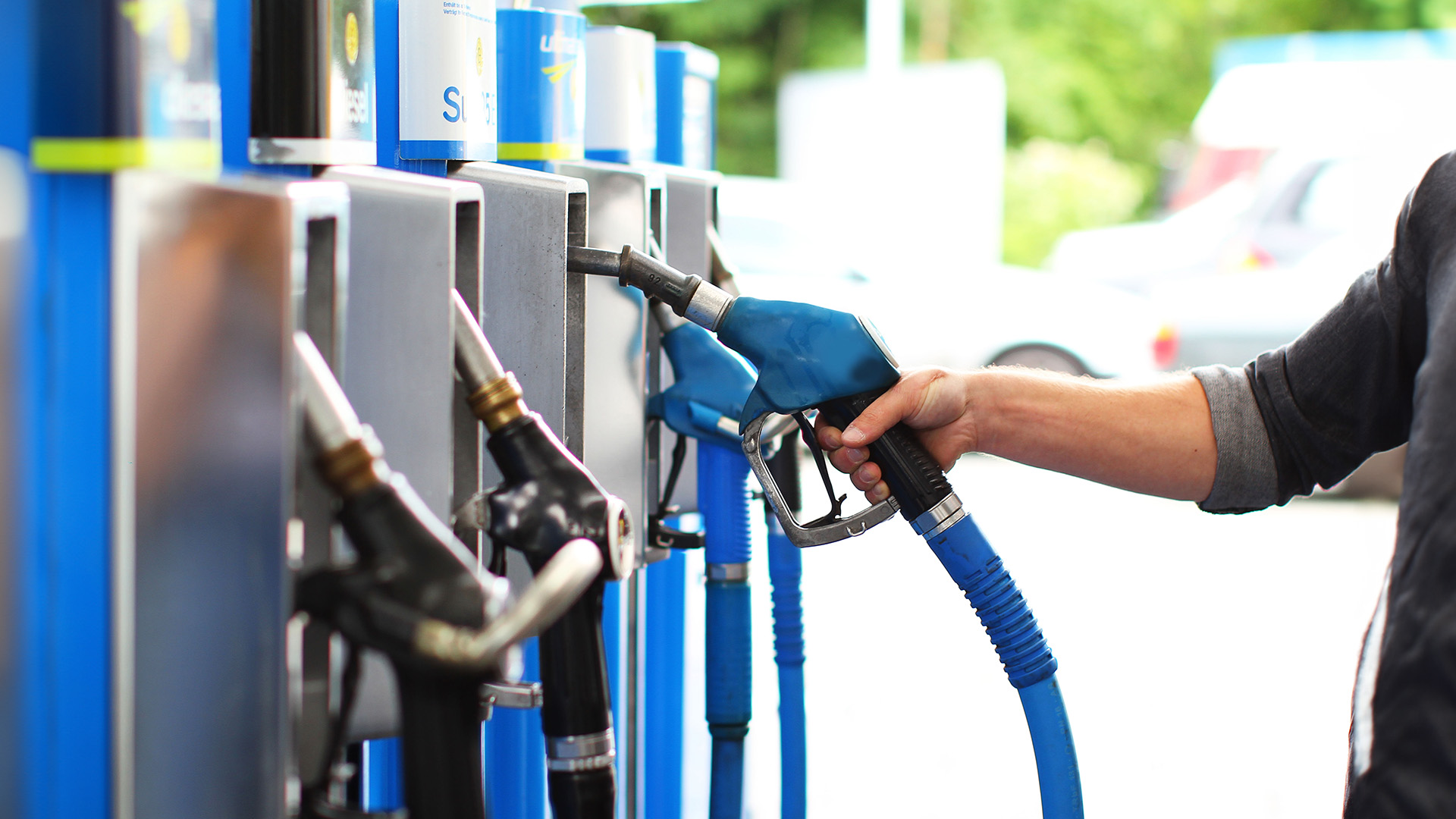How fleet management will change post-COVID-19
Discover the top trends in fleet management and recovery post-pandemic.
.jpg)
The COVID-19 pandemic has changed fleet management in many different ways. This has prompted companies to reevaluate their processes and programs and ask key questions such as:
- Are the best practices from two years ago still best practices now?
- What does the “new normal” mean for business?
This will be a gradual process for all fleets to understand. As every fleet is at a different point in their recovery and operations, knowing how to navigate a “new normal” in the post-COVID-19 world comes with unique challenges and opportunities.
To better understand what the post-COVID-19 world may look like for fleet management, we have identified top trends that have emerged based on current fleet recovery data.
See also:
Behind the scenes: Commercial Transportation Recovery Dashboard
7 Tips for Better Fleet Management
Trend #1: Hyper-focus on operational improvement
It’s no surprise that COVID-19 has forced fleets to take a deeper look into how they operate in the “new normal” compared to pre-COVID times. Whether the purpose behind this is to help scale fleets to take on new business opportunities or to pull back to compensate for disruption in supply and demand chains, it has made a large impact on how fleets choose to adjust their operations.
One important aspect that fleets may have discovered is that, no matter what their circumstances, there are new opportunities to help earn customer loyalty and brand reputation by working to go above and beyond for their customers. Just because things were done in a certain way in the past, doesn't mean it is the best way to do it tomorrow or even today. Now is the best time to reinvent and to optimize efforts for maximum output.
Customers will respond to how you treat them in less than ideal times. You will be able to retain your customers depending on how you respond to adversity. That's the opportunity that COVID brings here.
Trend #2: Cost reduction
The ability to make educated decisions on fleet trends and data is another key fleet function that has emerged from the pandemic. To help reduce costs, fleets need to be more strategic about how they use their assets. Now more than ever, fleet mileage is important to maintain a healthy fleet as long as possible. It is important to view your average distance per vehicle in order to properly rotate your fleet as needed.
For example, assigning vehicles based on usage in a strategic manner can extend the life of your vehicles. When you put vehicles on the road, they take a certain amount of abuse simply from daily wear and tear. Making sure fleet vehicles age evenly and take similar amounts of daily abuse will help you spend financial resources on preventive maintenance versus repair costs, which is much less costly in the long run.
Idle trends are also very important to monitor. Each hour of idling can equal roughly a gallon of fuel. Not only is it costing you to idle, but you're also contributing to the carbon footprint on top of that. Because of this, it becomes important to understand idling times and trends in terms of how that affects your fleet’s bottom line.
Trend #3: Right-sizing
During the early days of the pandemic, many fleets sold vehicles to help offset unexpected losses and expenses. However, now that we are approaching the ‘new normal,” those fleets may now be realizing that they need those vehicles back to keep up with current operation levels.
When seeking to find the best solution for your fleet, it's important to ask yourself some very serious questions. These include:
- If I downsize, will I have enough resources to provide services during busier times?
- Am I familiar with the trends in my business?
- Can I work with a supplier to temporarily lease what I need?
Making quick decisions to save money without asking key questions or using trends and data to back up your choice can ultimately end up costing you more. It's important to be as knowledgeable and as close as possible as you can to understanding what your “new normal” is and rightsize your fleet accordingly. This will help you better facilitate making those decisions.
Trend #4: Electrification
On the flip-side of the downsizing dilemma mentioned above, many fleets are also finding that they need to add vehicles to their fleet to keep up with demand.
A key trend that has emerged since the onset of the COVID-19 pandemic is the need for more sustainable fleet solutions. This is a great opportunity for fleets to start thinking about adding electric vehicles (EVs) into their fleets, or even replacing current internal combustion engine (ICE) vehicles with them.
Though many believe that electric vehicles are too costly upfront, the long-term costs associated with EVs can often be less than their ICE vehicle counterparts. Using tools like Geotab’s Electric Vehicle Suitability Assessment (EVSA) or Sustainability Center can provide details on your fleet's performance to better determine your fleet’s ability to electrify.
Conclusion
Over all, data and telematics will be key to understanding and making changes in your fleet. By utilizing fleet-specific data, you can make decisions that will help your fleet succeed post-pandemic.
Visit the Geotab Community to ask questions or post your own success tips or stories to help others.
Subscribe to get industry tips and insights
The Geotab Team write about company news.
Table of Contents
Subscribe to get industry tips and insights
Related posts


Fuel efficiency techniques every truckload carrier should know
May 30, 2025
3 minute read

5 data-driven strategies to optimize your oil and gas fleet
May 29, 2025
2 minute read


Six ways telematics reduces costs for waste management fleets
May 16, 2025
6 minute read
